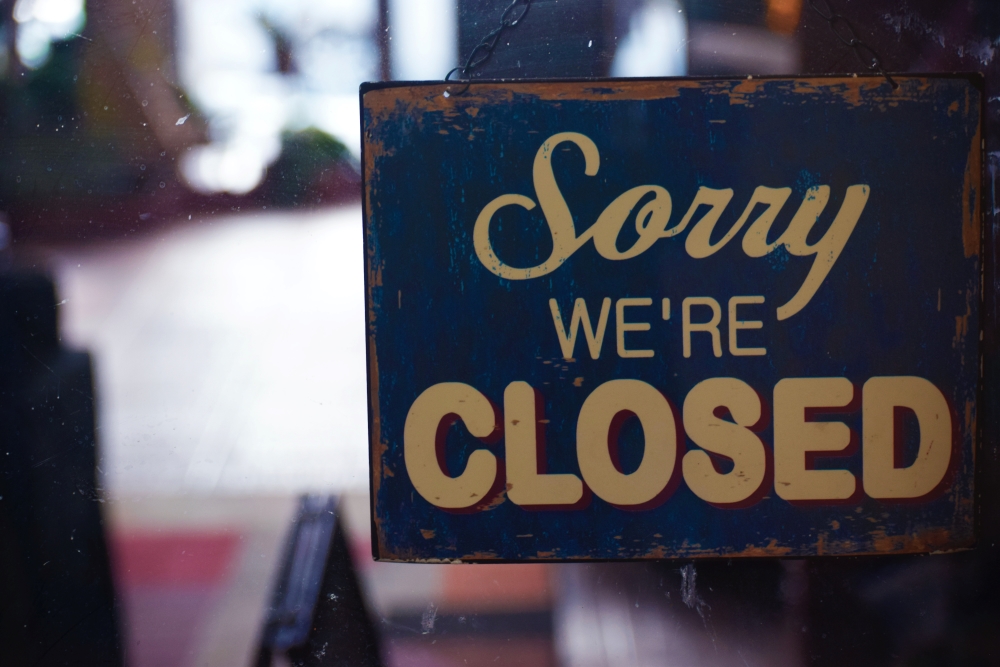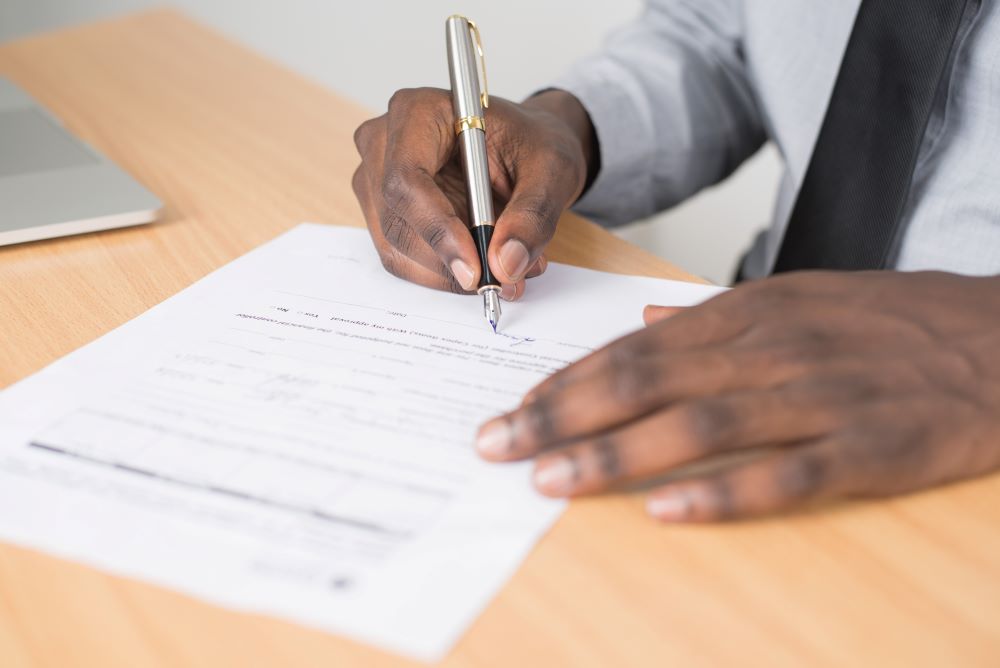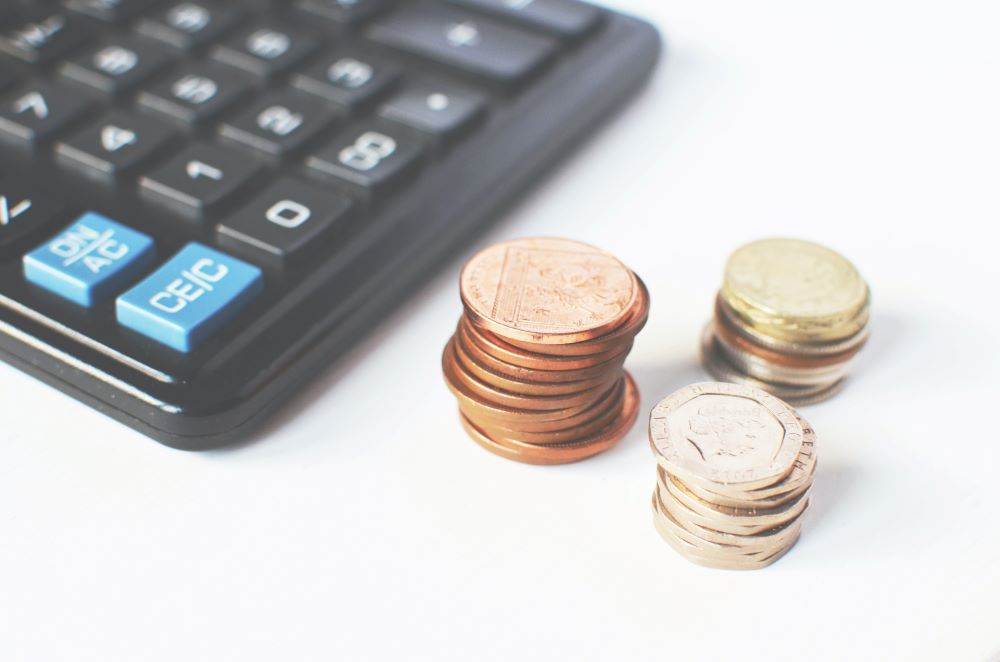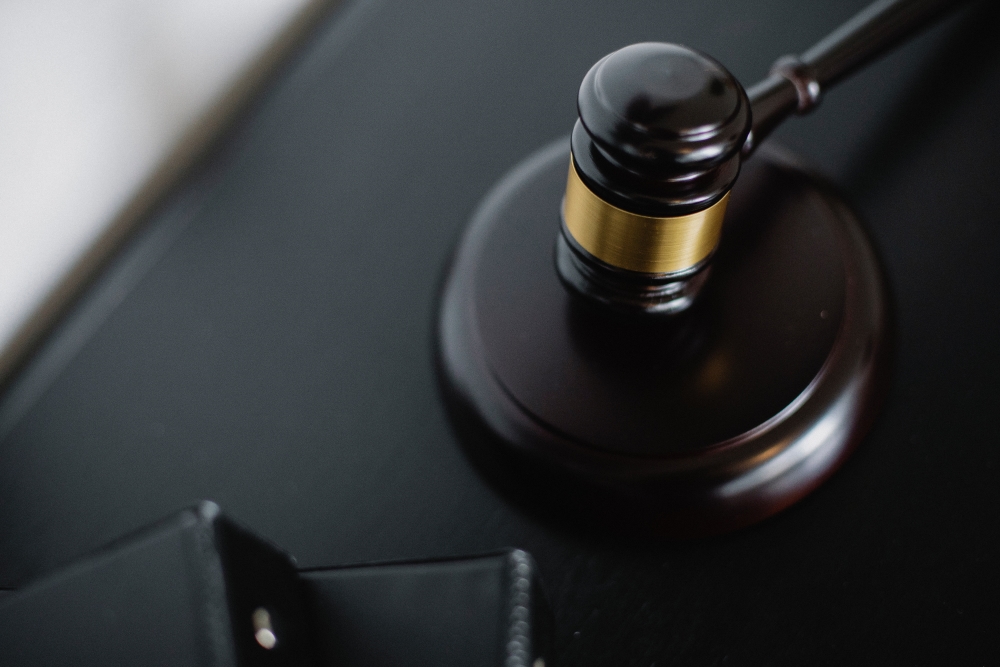What is a Creditor’s Voluntary Liquidation?
Are you considering closing your business and need to find out more about your options? We’re here to help. We offer advice on all aspects of liquidation and company closure. In this blog, we’re answering – what is a creditor’s voluntary liquidation?
Why do businesses enter liquidation?
There are many reasons why a limited company may choose to enter liquidation. They may have come to a place where the business has become insolvent, and the important thing is what they do next.
Businesses can be labelled as either solvent or insolvent. Solvent companies can afford to pay off business debts and have money left over. On the contrary, an insolvent company is one that cannot afford to pay off company debts when they become due or if the company’s liabilities are worth more than its assets.
Get some professional and honest advice if you’re not sure about the current financial position of your business. When entering a liquidation, it’s imperative that you understand if there are any potential pitfalls to you personally, the earlier you seek advice, the more options there are available.
Not doing anything can lead to your limited company being forced into liquidation by one of your creditors. This is called compulsory liquidation. A compulsory liquidation is forced upon you by company creditors and can lead to some serious personal consequences for you the director. Therefore, it’s best to avoid compulsory liquidation if possible and stick to a voluntary liquidation of the company if that is the correct step.
What is a creditor’s voluntary liquidation?
There are a few different types of liquidation that a business can enter. If a business has become insolvent, then a creditors voluntary liquidation (CVL) is generally the best option.
A creditors voluntary liquidation is a formal insolvency procedure used by an insolvent company. The limited company director(s) initiates the process, hence the word voluntary.
When you enter a creditors voluntary liquidation, all unpaid unsecured debts are written off. The only debts that remain are ones that have been protected by a personal guarantee.
There’s often a lot of worrying involved with financial struggles. As a result, many business owners lose sleep and find it easier to bury their heads in the sand. Choosing to enter a voluntary liquidation means that you’re acting within your director’s responsibilities which will reflect positively on you during the insolvent liquidation process.
What does an insolvency practitioner do?
An insolvency practitioner is appointed to formally close down your business. They are required to help realise assets, pay back your creditors and assess how well you have performed your director’s duties. Any misconduct or wrongful trading that is uncovered could be punished with fines or disqualification.
Before you appoint a fully licensed insolvency practitioner, you must ensure that they have looked at every detail of your business’s financial situation. In addition, you should be wary of cheap liquidation costs, as these can often cost you much more in the long run.
If you have accrued an overdrawn directors loan account, you will need to try and pay this back. This is money that you owe personally to the company. The insolvency practitioner is required to assess your director’s loan account once appointed.
Our advice is to make sure you get this looked at before you make any decisions. There may be options available if you can’t pay an overdrawn directors loan account. For example, deals can be done on overdrawn directors’ loan accounts, but it’s important that the company director goes through this with the insolvency practitioner upfront.
Creditors voluntary liquidation process
The voluntary liquidation (CVL) process is usually quite straightforward and will be explained to you fully before you make a decision. Here is a typical insolvent company liquidation process:
- Initial enquiry – performed on the same day.
- Written proposal (1 – 14 days) – An opportunity to assess other options, as well as liquidation, based on the financial information you have provided. Leases, personal guarantees and contracts will be discussed.
- Letter of engagement & organise creditor’s meeting (1 – 3 days)
- Creditors meeting (9 – 18 days) – A shareholders meeting will be completed first. During the creditor’s meeting, creditors will be invited to ask any questions they have.
- Post-liquidation support (9 -12 months) – Your company’s books will be sent to the liquidator’s office, and your company’s assets, if any, will be realised. Once complete, your liquidated company will be officially closed and removed from Companies House after three months.
Most meetings will occur over the phone. This can often be more efficient for directors, liquidators and the company’s creditors.
Creditor pressure will stop when the company enters a creditors voluntary liquidation. Your appointed insolvency practitioner will communicate with outstanding creditors.
The compulsory process of liquidation is different and usually begins with a winding-up petition being issued. Generally, the company’s directors have much less control over compulsory insolvent liquidations.
Can I liquidate with a bounce-back loan?
The bounce back loan was an unsecured debt, which means that it was guaranteed by someone else. In this case, they were personally guaranteed by the Government, which removed the need for business owners to sign personal guarantees on the loans.
Company directors who used the bounce back loan how it was intended, such as in ways to benefit the company, will be able to close the business with a bounce back loan. Others, who essentially committed bounce back loan fraud, will be asked to pay back the bounce back loan when they liquidate.
Bounce back loan fraud can be classified as taking a loan when you were not entitled, inflating your company turnover so that you would receive more money or spending the money for your own personal benefit. Each of these actions will land you in trouble when it comes to closing your business.
If you took the right amount of loan and spent it on ways to benefit your business, you should not worry. You should be able to close your business without paying back the loan.
How much is a creditors voluntary liquidation (CVL)?
Liquidation pricing depends on individual circumstances. For a small liquidation, with minimal creditors, you can expect to pay £4000 plus VAT. Generally, the more creditors you have, the more you will pay in liquidation fees.
Make sure to discuss any outstanding debts you owe with your licensed insolvency practitioner so they can give you an accurate figure before you enter the liquidation. In addition, you should get all prices in writing in case these become inflated later in the process.
What happens if I can’t afford to liquidate?
We know what you’re thinking – what happens if I can’t afford to liquidate? This is a question that many company directors find themselves worrying about. However, a few options are available to you if you can’t afford to liquidate.
- Director’s redundancy pay
- Company assets (All company assets must be sold at market value and an independent valuer must be appointed)
- Leftover funds
If you cannot afford to pay the liquidation, have no company assets, and cannot claim a redundancy payment, you may be forced to wait for a compulsory liquidation to begin. A compulsory liquidation is initiated by your company’s outstanding creditors who have tried and failed to recover the money they are owed from you.
Benefits of a creditors voluntary liquidation
One of the biggest benefits of a creditors voluntary liquidation is that you have full control over the process. You can choose your own licensed insolvency practitioner and have better control over the timeframe.
Unsecured company debts are written off
If you use a company voluntary liquidation, all of your unsecured, unpaid debts will be written off. This means you can continue without the burden of creditor pressure.
No more legal action
Any legal proceedings against your company will be stopped. Many directors have built up HMRC arrears and have no way of paying them. This has led to the threat of winding up petitions, and some have even had HMRC bailiffs at their door. A liquidation will mean HMRC will stop chasing you for company taxes.
No more creditor pressure
When your business is struggling, one of the worst things is having to deal with creditors. A huge benefit to liquidation is that your insolvency practitioner’s role is to deal with your outstanding creditors. This means that you will no longer have to worry about creditor pressure.
Cancelled leases and hire purchases
In most instances, these leases and hires will have been made under the company rather than you as a director. However, there is the possibility that you may have signed a personal guarantee for them.
If you think you have or you’re not sure, you really need to check. These contracts will only be cancelled if they were signed under the company rather than you.
Redundancy pay
You might be wondering how a company voluntary liquidation affects employees. Both directors and their employees are entitled to redundancy pay if they meet the specified criteria. The amount of redundancy pay you are entitled to will vary based on a range of factors.
Can I set up again after a creditors voluntary liquidation (CVL)?
Providing you have not been disqualified as a director, you will be able to set up another business if you desire. You will even be able to operate it in the same field as your previous company. However, there are likely to be some restrictions on using the same company name, and this will need to be looked into from a legal standpoint.
We’re always here to offer our honest advice on your company’s position. We hope this blog has been helpful for your insolvent company.
I'm Chris Worden, Managing Director at 1st Business Rescue. With over 7 years of experience, I help UK directors navigate the complex world of UK corporate insolvency. We offer free and independent advice to UK directors and advise them about what options may be available to them if their limited company starts to struggle.
I am passionate about helping other directors overcome their business challenges and get back on their feet, as I was once in the same position as them. I had a business that became insolvent, and the advice out there was confusing and overwhelming. I am here to provide honest and valuable advice to UK directors.
I am proud to say that we are one of the only 5-star corporate insolvency companies on Trustpilot with hundreds of 5-star reviews, and we publish videos weekly on our YouTube channel. Our channel is designed to educate UK directors about insolvency and debt advice. Check it out here:
Please get in touch and we’ll come back to you
without delay.
Call 0808 506 2246
Text 07717 738 167
Complete a Free Online Enquiry







